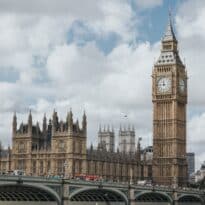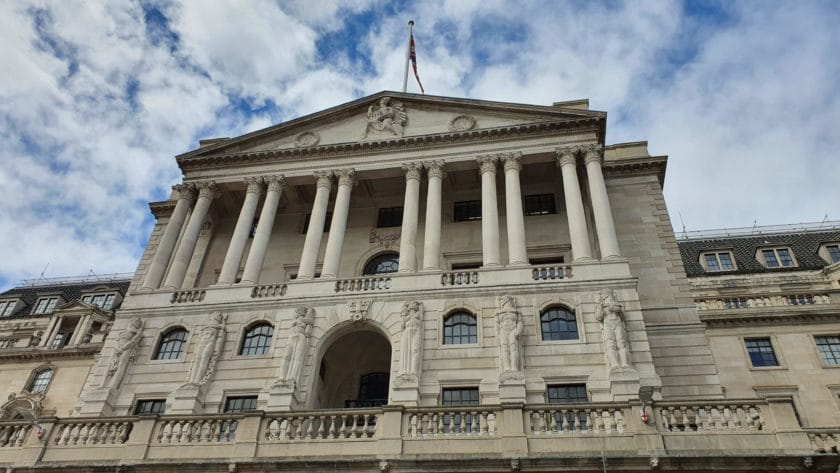The Bank of England has cut interest rates for the second time this year, but industry commentators have warned it faces a balancing act going forward, with the Budget and events in the US both posing challenges.
As widely expected, the central bank cut the interest rate by 0.25 percentage points to 4.75% on Thursday, following an easing in headline inflation from 2.2% in August to 1.7% in September.
However, the Bank has warned that inflation will edge higher as a result of the Budget, which could result in interest rates taking longer to fall.
Shamil Gohil, portfolio manager at Fidelity International, said: “Going forward, the Monetary Policy Committee has a tough job balancing the future impact of the UK budget and government’s fiscal policy.
“Cost increases for companies from higher taxes, national insurance and national minimum wage will likely be at least partially passed on to consumers via price hikes next year. Fiscal stimulus should also have a positive impact on growth allaying any recessionary fears. Therefore, the sensible path continues to be for a gradual and cautious easing process as these effects are slowly realised over time.”
However, the implications of the US election and the potential for higher global tariffs following Donald Trump’s win are also likely to play into the Bank’s future direction.
“The potential for higher global tariffs may offset some of this growth and may also feed into higher inflation as the second order impact of these tariffs take hold across Europe and China, potentially muddying the waters. The market has priced out aggressive cuts next year post the UK budget to a more shallow cutting cycle, with the terminal rate now projected closer to 4%,” Gohil added.
Luke Bartholomew, deputy chief economist at abrdn, agrees that the results of the US election and the Budget could pose headwinds.
He said: “The fiscal stimulus announced in the Budget puts upward pressure on growth and inflation in the near term, which will keep rates a bit higher than they otherwise would have been. Meanwhile the stronger dollar and higher US yields following the US election result represents a challenge for the Bank, as a weaker pound may lead to more imported inflation pressure, while higher US borrowing costs risks pulling UK market rates higher than policymakers want.”
On balance, abrdn expects the Bank’s gradual pace of easing to continue, with quarterly 25 basis point rate cuts through next year but warned “there are now risks in either direction, which could keep the rates market volatile.”
Meanwhile, commentators have raised concerns around the divergence between the Bank of England and the Federal Reserve and the impact it could have upon the pound.
Lindsay James, investment strategist at Quilter Investors, said if the Bank of England cuts rates more aggressively than the Federal Reserve, it could lead to a weaker pound, which would be inflationary by “raising import costs for essential items like food and energy, potentially dampening consumer spending.” However, it could also boost UK exports and attract increased US interest in UK mergers and acquisitions.
“With expectations for UK rate cuts now being scaled back, and rates not expected to fall below 4% in 2025, investors would be well advised to lock in borrowing rates where possible. The influence of US monetary policy remains significant, with interest rates likely to stay higher for longer,” said James.































